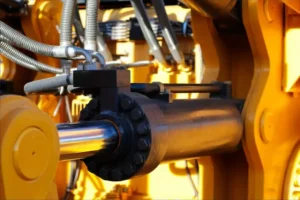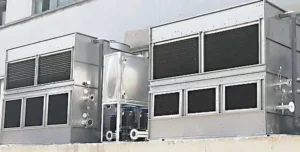Understanding Silver’s Properties
- Melting Point: Silver has a melting point of 961.8°C (1763.2°F).
- Purity: Pure silver (99.9% or higher) melts at the stated temperature. Alloys or silver with impurities may melt at different temperatures.
Safety Precautions
- Protective Gear: Wear safety glasses, gloves, a protective apron, and a face shield to protect from splashes and intense heat.
- Ventilation: Ensure good ventilation to avoid inhaling any fumes, especially if impurities or alloys are present.
- Fire Safety: Have fire safety equipment like extinguishers and a fire blanket on hand.
Equipment Needed
- Crucible: A container made of heat-resistant materials (like graphite or ceramic) to hold the silver while melting.
- Furnace or Torch: A propane torch or an electric furnace capable of reaching temperatures above 961.8°C.
- Tongs: Heat-resistant tongs for handling the hot crucible.
- Mold: A mold to pour the molten silver into, if casting is intended.
Melting Process
- Preparation: Clean the silver to remove any contaminants. Weigh the silver to know the amount being melted.
- Heating the Crucible: Preheat the empty crucible to remove any moisture and reduce thermal shock when adding silver.
- Melting the Silver:
- Place the silver into the crucible.
- Apply heat evenly using the furnace or torch. If using a torch, move it in a circular motion to distribute heat.
- Monitor the temperature carefully to ensure the silver reaches its melting point.
- Flux Addition: (Optional) Add a small amount of flux (borax or a similar compound) to help purify the silver by separating impurities.
- Pouring: Once the silver is fully molten, use tongs to carefully pour it into a pre-heated mold if casting.
Cooling and Handling
- Allow the silver to cool and solidify in the mold.
- Once cooled, the silver can be removed from the mold. It might need further processing or refining depending on its intended use.
Post-Melting Processing
- Cleaning: Remove any residual flux or impurities.
- Shaping: If necessary, shape the silver by cutting, hammering, or rolling.
- Polishing: Polish the silver to achieve the desired finish.
Additional Tips
- Temperature Monitoring: Use a pyrometer or infrared thermometer to monitor the temperature accurately.
- Alloys: If melting silver alloys (e.g., sterling silver), be aware of the different melting points and properties.
- Recycling Silver: Recycled silver may contain impurities, so additional refining steps may be required to achieve desired purity levels.

By following these principles and steps, you can safely and effectively melting silver for various applications.







